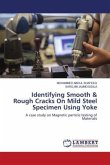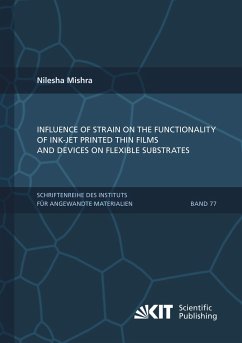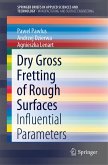Friction between rubber and rough surfaces is a complex topic which has been intensively studied during the recent years, due to its outstanding potential to realize products which can meet the always more and more demanding technological needs. In this work the fundamentals of rubber friction and contact mechanics have been investigated by use of advanced experimental methods and finite element analysis. The main objective of the thesis has been the hysteresis friction, since, in most cases, it is recognized to be the dominant factor. Specific friction tests have been developed to measure the deformation, occurring in the rubber sample during sliding friction, and correlate it with the measured hysteresis friction. In order to study the effects of different substrate morphologies on hysteresis friction a finite element model has been used. The finite element simulations have been validated by experimental measurements and turned out to be a useful tool to understand the friction mechanisms and predict the friction coefficient.








